Электронная библиотека
Фундаменталдык экология

- Фундаменталдык экология: Окуу курал / А. М. Мурсалиев, Т. З. Ниязов, А. Д. Молдобачаева, М. А. Мурсалиев; Ж. Баласагын атындагы КУУ.- Бишкек: Бийиктик, 2013.-140б. ISBN 9967-09-134-7
-
Аннотация
Бул окуу китеп авторлордун көп жылдан бери окуп келе жаткан лекцияларынын негизинде илимий жана атайын экологиялык адабияттарды пайдаланылып түзүлгөн. Азыркы мезгилде экология биологиялык жана географиялык эле илим болбостон, жалпы табиятты таануу, аны туура пайдалануу жана сактап коргоого багытталган илимий методология болуп эсептелери көрсөтүлгөн.
Образование и молодежь в XXI веке
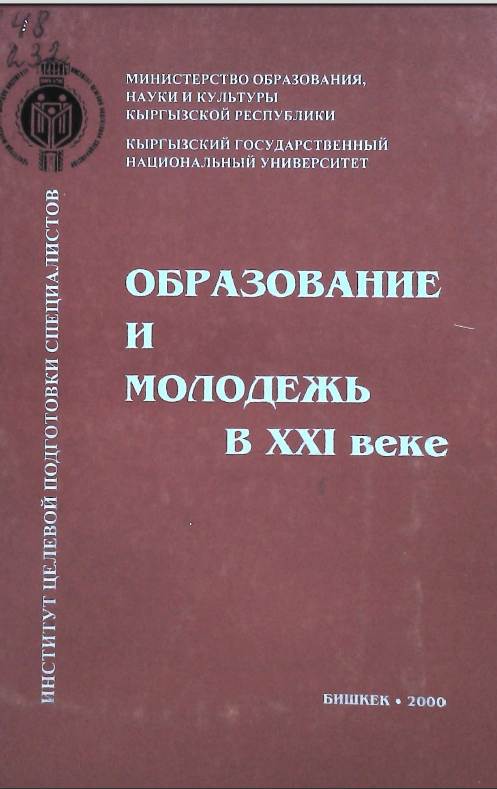
- Образование и молодежь в XXI веке: Материалы научно-практ.конф.ППС состава и студентов ИЦПС КГНУ, посвящ.году молодежи и образования (Бишкек, 21-22 апреля 2000г.) / КГНУ.- Бишкек: Илим, 2000.- 104с. ISBN 5-8355-1130-2
-
Аннотация
Сборник материалов научно-практической конференции, посвященной году молодежи и образования, содержит доклады и выступления преподавателей и студентов Института целевой подготовки специалистов КГНУ.
Кыргыз драматургиясынын поэтикасы
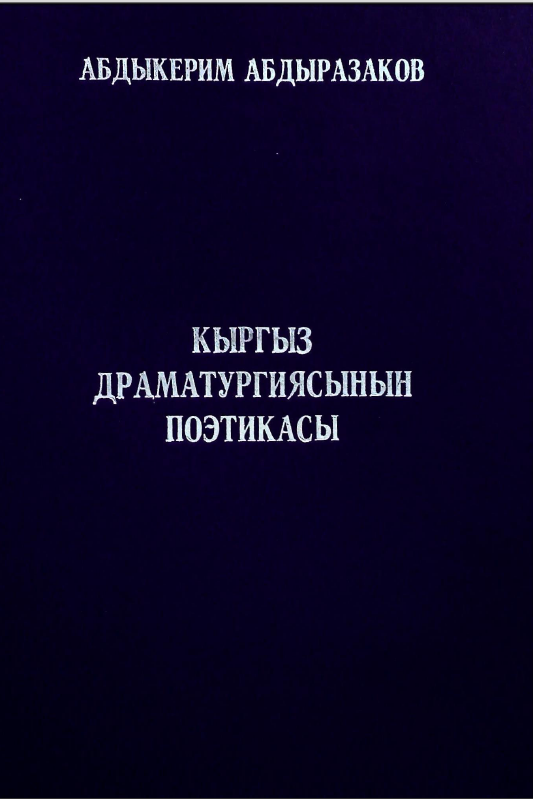
- Абдыразаков А. Кыргыз драматургиясынын поэтикасы: Окуу куралы / КР Билим Берүү жана Илим Мин-ги; Ж.Баласагын атындагы КУУ.- 2-бас.-Бишкек, 2017.- 160б. ISBN 978-9967-02-501-1
-
Аннотация
Окуу куралы республикабыздын жогорку окуу жайларынын филология факультеттеринин студенттерине, окутуучуларына жана жалпы эле драматургияга кызыккандарга арналат.
Государственный бюджет Кыргызской Республики
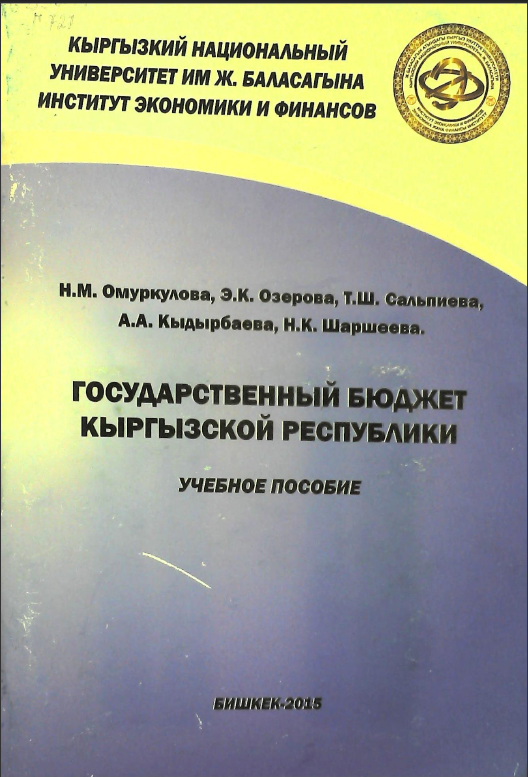
- Государственный бюджет Кыргызской Республики: Учебное пособие / Н.М. Омуркулова, Э.К.Озерова, Т.Ш. Сальпиева, и др.; МОиН КР; КНУ им.Ж.Баласагына; ИЭиФ.- Бишкек, 2015.- 147с.
-
Аннотация
Учебное пособие предназначен для студентов экономических вузов, обучающихся по специальности “Финансы и кредит” , а также использовано преподавателями в качестве вспомогательного материала.
Бюджетное право
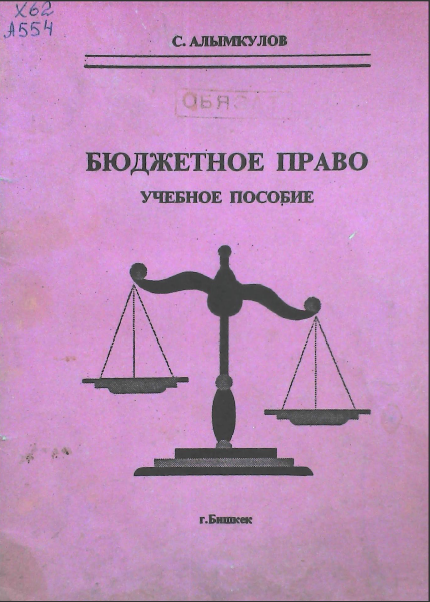
- Алымкулов С. Бюджетное право: Учебное пособие / МОиН КР; КГНУ.- Бишкек, 1995.- 77с.
-
Аннотация
Для студентов юридических ВУЗов, изучающих курс “Финансовое право”.
Телевидение Кыргызстана: Формирование Кыргызстана. Часть 1

- Мырзагулов М.М. Телевидение Кыргызстана: Формирование Кыргызстана. Часть 1 / МОиН КР; КНУ им.- Бишкек, 2014.- 56с. ISBN 978-9967-02-983-5
-
Аннотация
Учебник предназначен представителям СМИ, преподавателям и студентам факультетов и отделений журналистики высших, средних и специализированных учебных заведений, а также исследователям медиа сферы и всем интересующимся в области журналистики.
Религиоведение
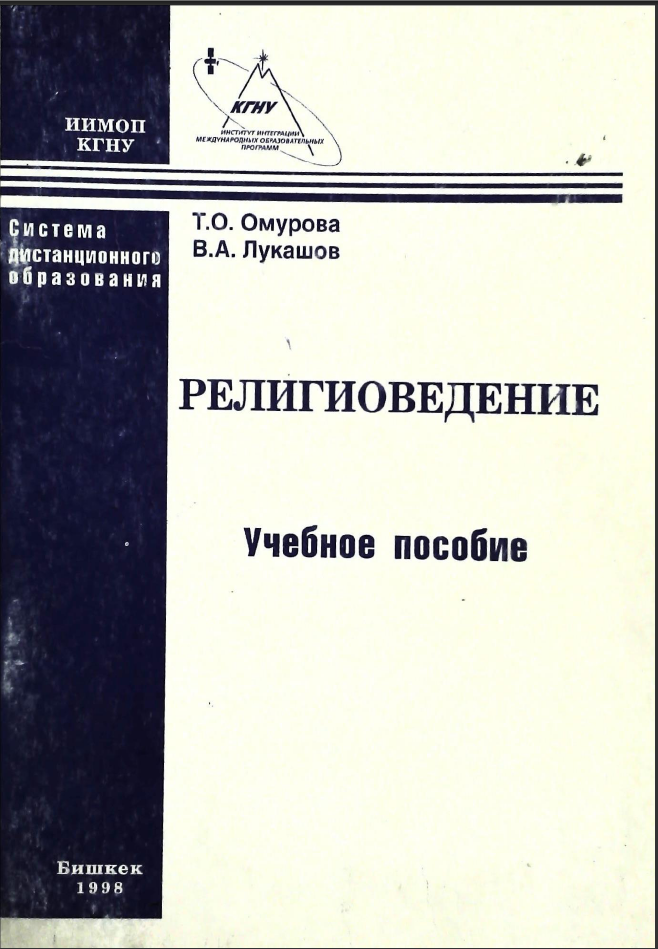
- Омурова Т.О., Лукашов В.А. Религиоведение: Учебное пособие / МОНиК КР; КГНУ; ИИМОП.- Бишкек,1998.- 78с. ISBN 9967-408-06-5
-
Аннотация
Учебное пособие предназначено для студентов дистанционного обучения КГНУ, может быть полезным студентам очной формы обучения.
Эпоха перемен

- Токтомышев С.Ж. Эпоха перемен: Научно-публицистические статьи. Выступления. Речи. Беседы. Интервью / КНУ им. Ж. Баласагына.- Бишкек: АРХИ, 2004.- 392с. ISBN 9967-22-424-Х
-
Аннотация
В книге собраны в хронологическом порядке научно-публицистические статьи, выступления, интервью и беседы по вопросам науки, образования, о феномене личности и об изменении экологии и климата академика С.Ж.Токтомышева, написанные в разные годы (1972-2004).
Рентгенофазалык анализ
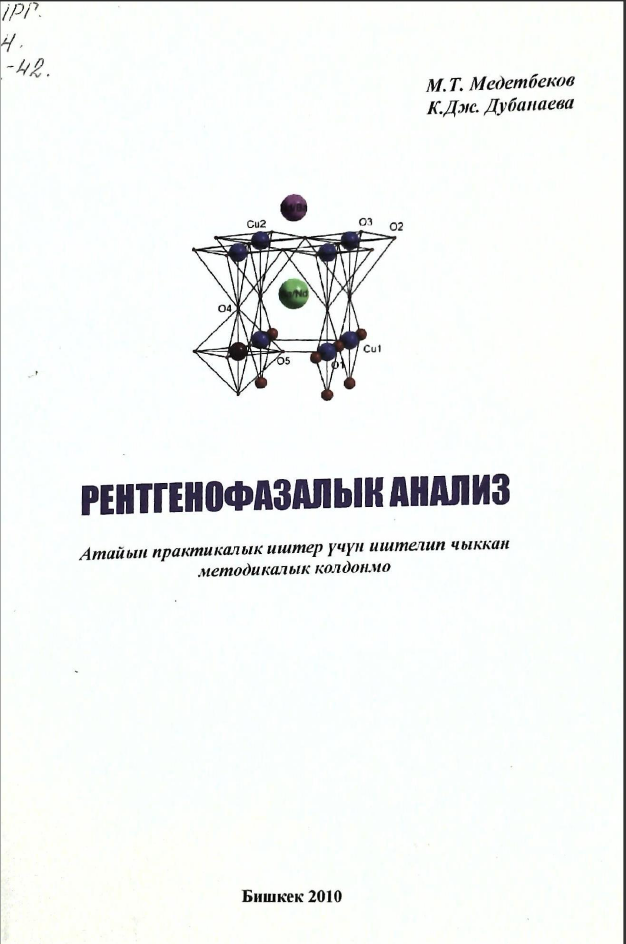
- Медетбеков М.Т., Дубанаева К.Дж. Рентгенофазалык анализ: Методикалык колдонмо / Ж.Баласагын атындагы КУУ.- Бишкек, 2010.- 36б. ISBN 978-9967-02-640-7
-
Аннотация
Бул методикалык колдонмо химия жана табият таануу факультеттеринде окуган жогорку окуу жайларынын студенттерине, магистранттарына, аспиранттарына ошондой эле рентгенографиялык анализ менен иштеген инженерлерге арналат.
Кыргыздар XIX кылымында
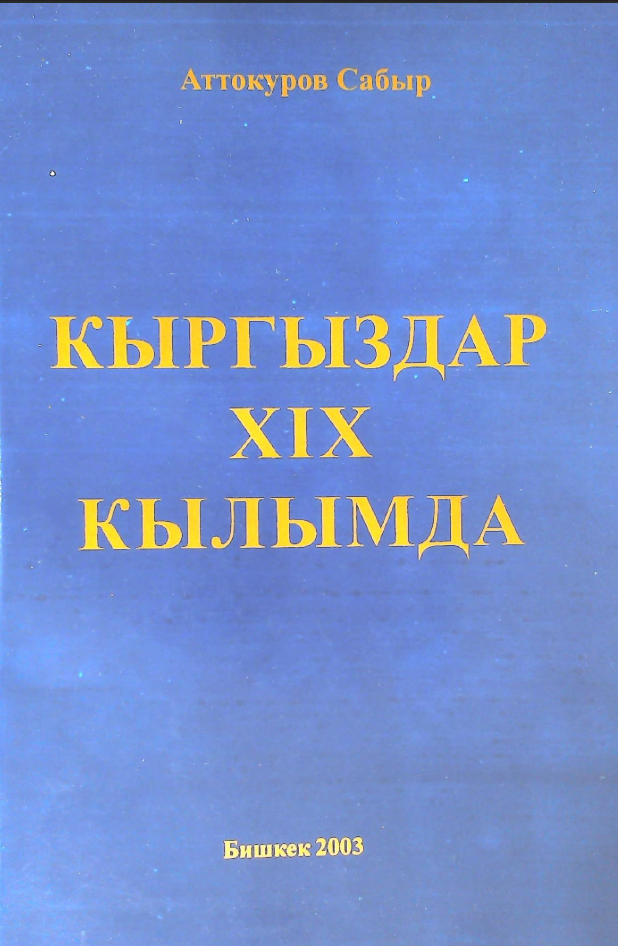
- Аттокуров С. Кыргыздар XIX кылымында / Жоопту ред.А.Ч. Какеев; Ж.Баласагын атындагы КУУ.- Бишкек, 2003.- 306б. ISBN 9967-21-701-0
-
Аннотация
Китепте көптөгөн архивдик жана жырыяланган изилдөөлөргө таянып, кыргыз элинин XIX кылымдагы Кокон жана Орус оторчуларына каршы күрөшү жана коомдук, социалдык түзүлүшү, экономикалык жана маданий абалы баяндалат. Жаңы позицияда жазылган эмгек студенттерге, мугалимдерге жана элибиздин тарыхына кызыккандарга багышталган.
